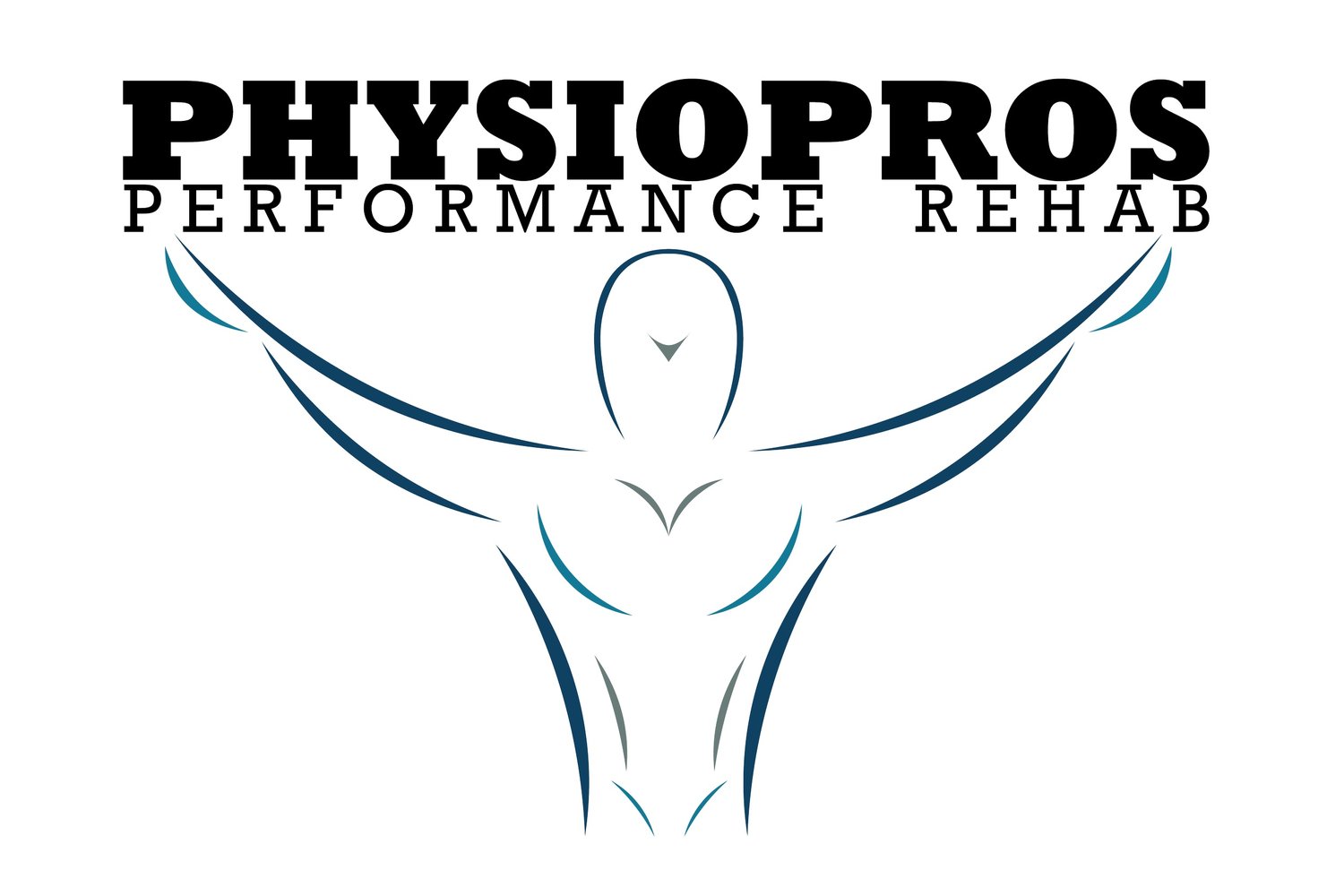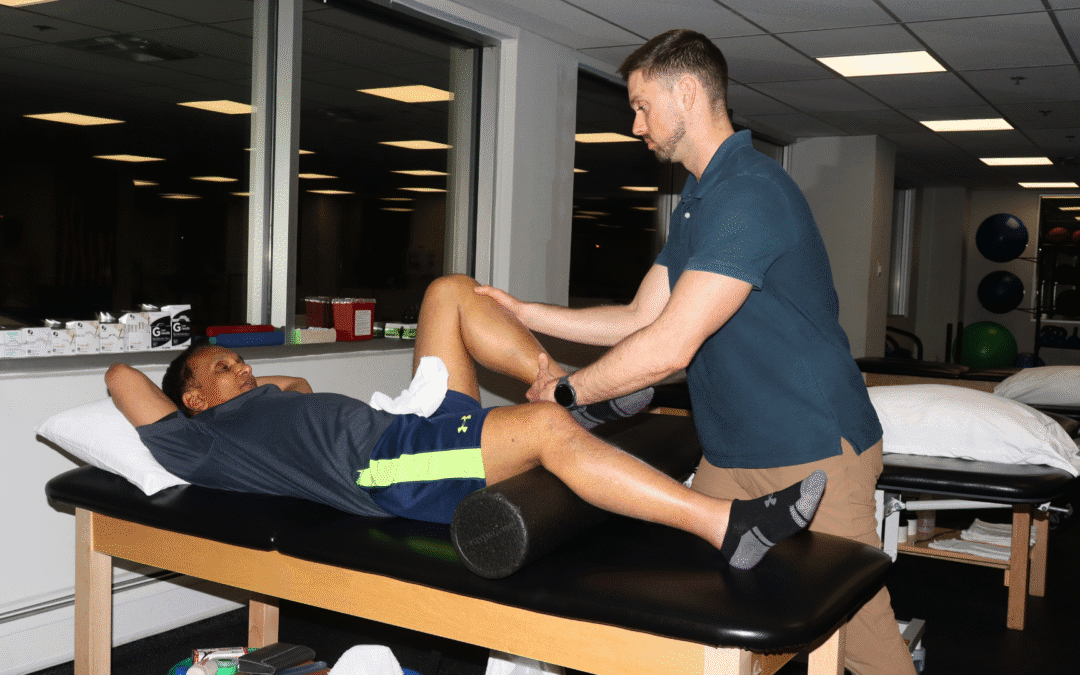Ankle and knee pain: red flags that mean see a physical therapist.
Audio Version
↓
Ankle and knee pain can be confusing. Sometimes it’s normal post-workout soreness; other times it’s a sign you should get checked. This quick guide shows the red flags that mean it’s time to see a physical therapist, and what to do next.
At Physiopros Performance Rehab in Parsippany, NJ, we keep it simple and effective. First, we listen. Then, we test how you move. After that, we treat the root cause so you can get back to daily life. Our sessions blend exercises, stretching, and manual therapy. When it fits your plan, we may use Dry Needling, Cupping, Soft Tissue Mobilization, Manual Therapy, Joint Manipulation, Joint Mobilization, IASTM, and more as part of your visit.
What you’ll learn in this post:
When ankle and knee pain is more than “just sore”
Which symptoms mean book a physical therapy evaluation now
Which signs call for urgent medical care first
What to expect at your first PT visit in Parsippany, NJ
Easy steps to take at home while you wait for your appointment
Read on to learn the exact red flags to watch for and the fast, practical ways to start feeling better.

